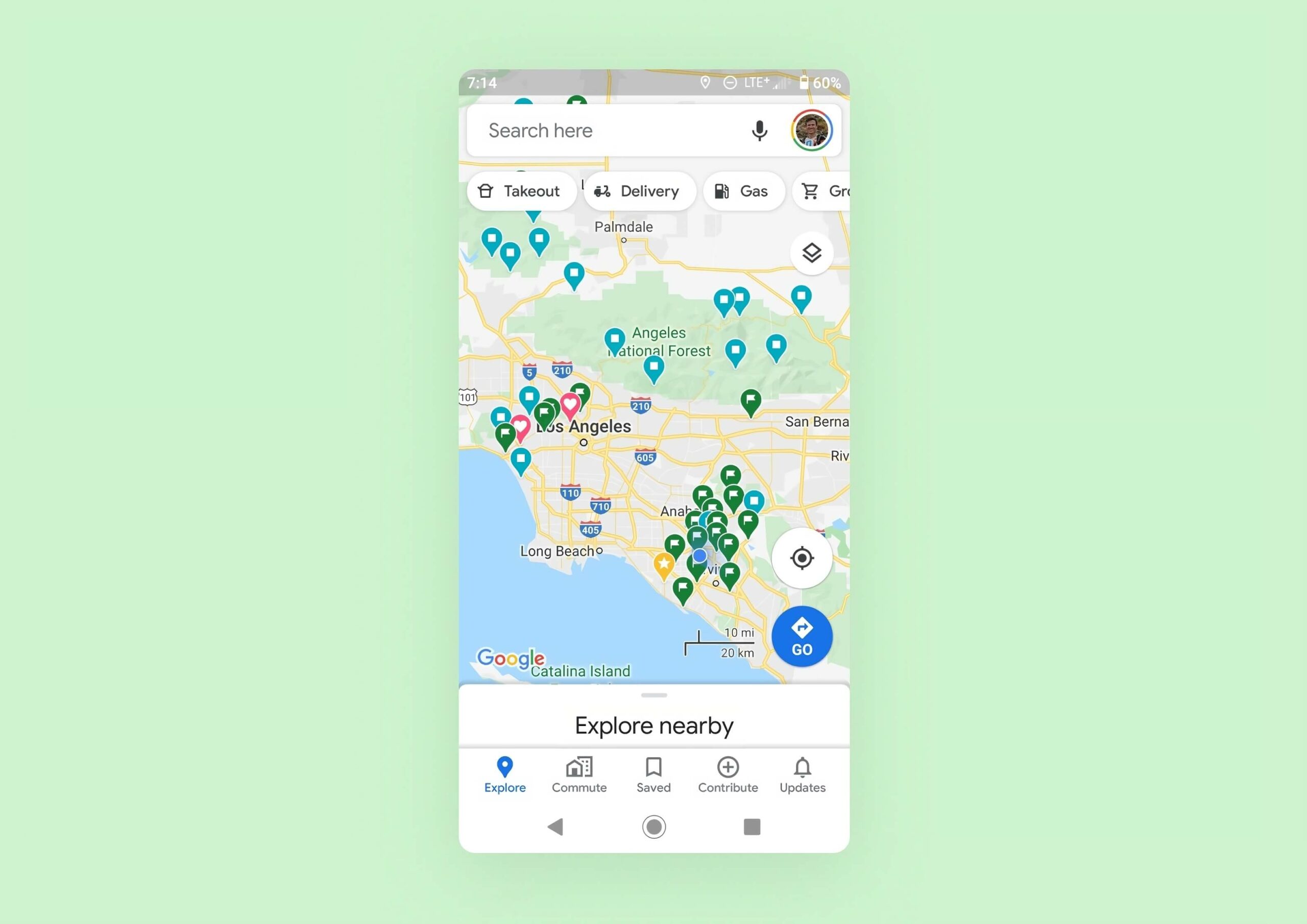zoharmusic.com – Smartphone navigation has revolutionized the way we find our way around the world. With the integration of maps and GPS (Global Positioning System) tracking, smartphones have become indispensable tools for travelers, commuters, and adventurers alike. Here’s an overview of how smartphone navigation works and some of its key features:
GPS Tracking
GPS is a satellite-based navigation system that allows devices to determine their geographic position. Smartphones use GPS to pinpoint your location with the help of a network of satellites orbiting the Earth. The GPS receiver in your smartphone calculates its distance from multiple satellites and uses this information to triangulate your exact location on the planet.
Maps
Smartphone maps are digital representations of geographic areas that can be displayed on your device. These maps are often interactive, allowing users to zoom in and out, switch between different views (such as satellite or terrain), and search for specific locations.
Key Features of Smartphone Navigation
- Turn-by-Turn Directions: Smartphones can provide step-by-step instructions for driving, walking, or public transit routes. Voice guidance helps users navigate without having to constantly look at the screen.
- Real-Time Traffic Updates: Many navigation apps offer real-time traffic information, helping users avoid congestion and find the fastest route to their destination.
- Offline Maps: To save on data usage or for use in areas with poor connectivity, users can download maps for offline use. This allows navigation even without an internet connection.
- Points of Interest (POIs): Maps often include a variety of points of interest such as restaurants, gas stations, and tourist attractions, making it easier to find nearby amenities.
- Integration with Other Services: Smartphone navigation can be integrated with other apps and services, such as ride-sharing, food delivery, or event ticketing, providing a seamless user experience.
- Mapping Software: There are several popular mapping software options available for smartphones, including Google Maps, Apple Maps, Waze, and HERE WeGo, each offering different features and user experiences.
Tips for Using Smartphone Navigation
- Keep Your Maps Updated: Regularly update your maps to ensure you have the latest road information and POIs.
- Use Location Services Wisely: Enabling location services can drain your battery faster. Consider using them only when needed.
- Check for Offline Maps: If you’re traveling to an area with unreliable internet, download offline maps in advance.
- Mount Your Phone Safely: If you’re using navigation while driving, use a phone mount to keep your device visible and secure.
- Be Aware of Your Surroundings: While navigation apps are helpful, it’s important to remain aware of your surroundings, especially in unfamiliar areas.
Smartphone navigation has made it easier than ever to explore new places and find your way home. With the right settings and precautions, it can be a safe and efficient tool for navigating the world.
